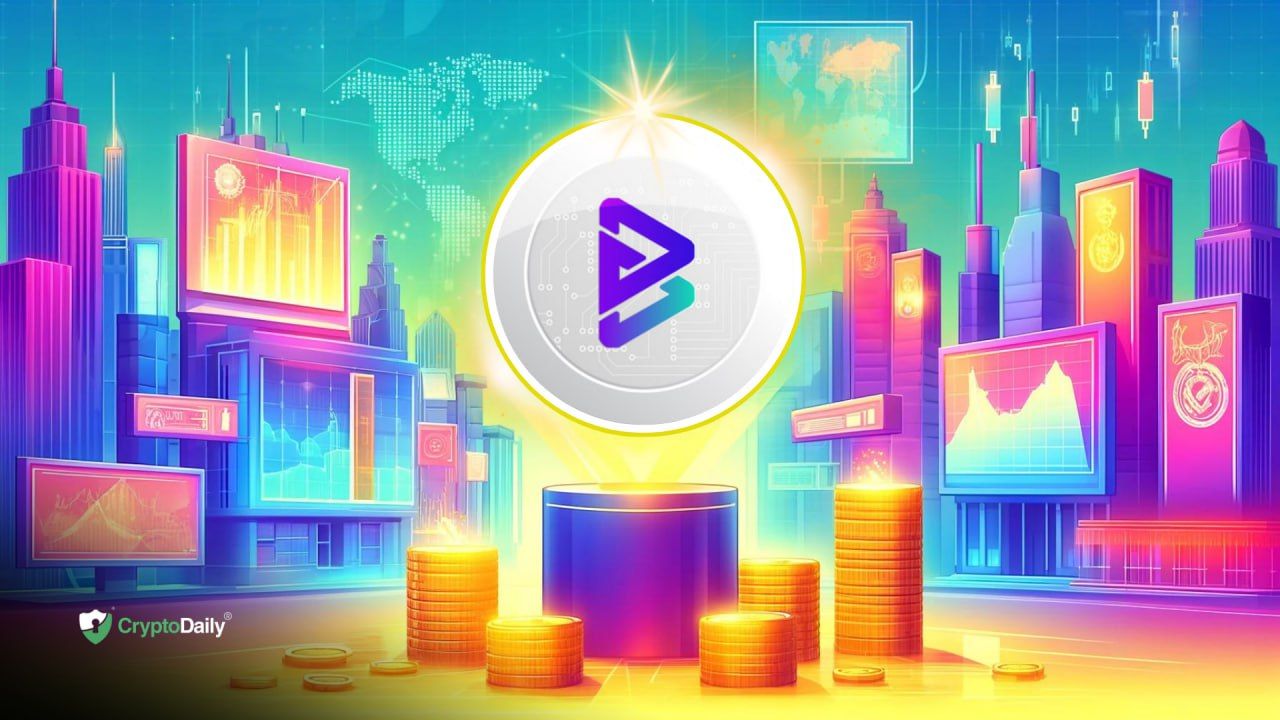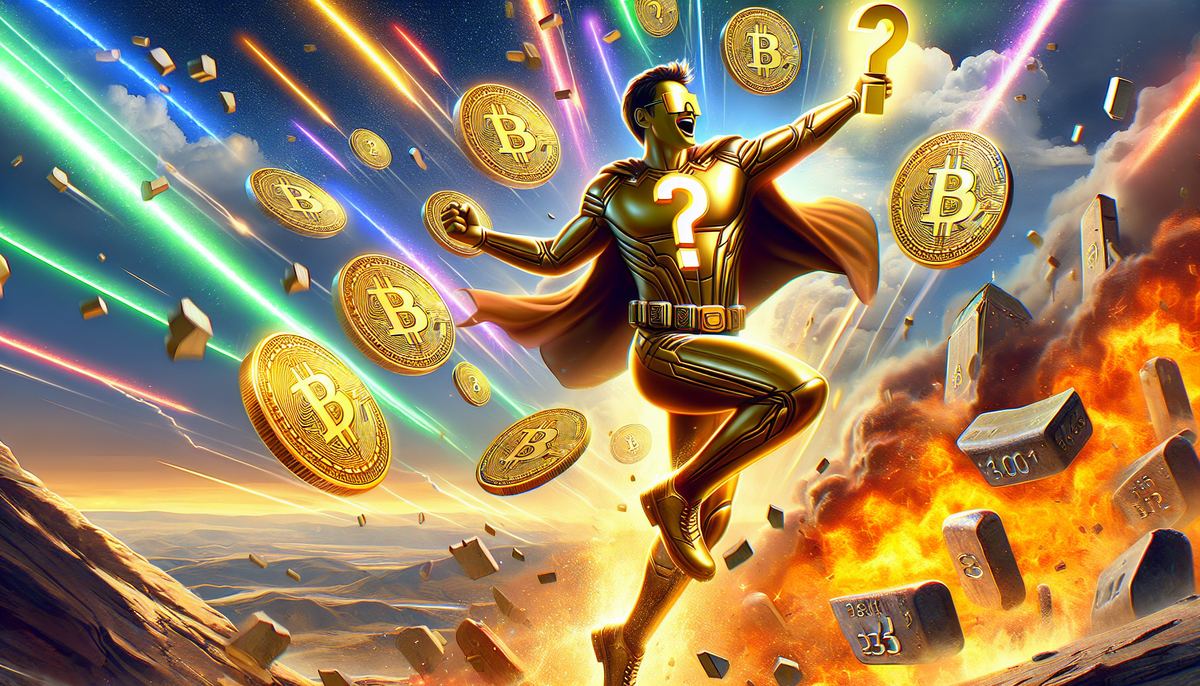Decentralized finance (DeFi) is the new buzzword changing the landscape of the current financial system, laying the groundwork for the future of banking. Although DeFi services began back in 2015, the space took off in the summer of 2020 with the launch of the Compound protocol. As a result, the industry, which was only worth $700 million in December 2019, skyrocketed to more than $200 billion by 2021. Currently, the total value locked in DeFi stands at around $143 Billion.
While Compound is often credited with sparking the revolution, other applications like Aave and UniSwap have also played essential roles in shaping the market. Even decentralized exchanges (DEXs), a key component of DeFi, saw trade volumes increase by over 8,000% in Q1 2021 compared to the same period in 2020. Curve Finance and Uniswap, mainly, have been the two largest DEXs in trading volume and TVL to bring real innovation. Furthermore, DeFi derivatives like futures, options, and perpetual markets have influenced DeFi.
Even stablecoins, for that matter, have been at the forefront of DeFi, serving as a link between the developing digital economy and traditional finance. All these have added to DeFi's significant progress in the crypto space. While these are some factors that have shaped DeFi, most of its success has been attributed to critical events throughout the years.
The Journey to Become the Most Significant Industry
DeFi's success can be attributed to the protocols that have brought genuine innovations within the space. If DeFi is worth $200 billion now, it is only because of the incredible dApps built to solve real-world problems. However, few notable events have been pivotal for the DeFi space. The first was the launch of UniSwap DEX, which quickly became the go-to solution for all things DeFi. It was a game-changer for the industry, generating 100 billion in transactions and leading DEX growth in the space.
The second event was the launch of Yearn Finance. Yearn created a simple interface for aspiring "DeFi-ers" to interact with DeFi products while introducing the notion of "fair launches" to the industry. Finally, the third critical event was the launch of SushiSwap DEX as a competitor to UniSwap and its involvement in the centralized venture capitalist market.
These DeFi protocols inspired what is now known as DeFi. And now, the sector has progressed to the point where it is significant for the entire crypto space. The purpose of DeFi is to build a trustless and permissionless financial market. Considerable work and investment have gone into the evolution of DeFi, and financial advisers must understand this space. However, much of the DeFi technology builds and improves the traditional financial system with better innovative solutions for users.
Sailing the DeFi Boat Securely
DeFi has been a significant movement, changing how people transact in everyday lives. Transacting with crypto will become more and more of a norm in the coming years, and people will want to spend their crypto quickly and seamlessly. Moreover, with crypto going mainstream, more users are looking to enter DeFi.
And with these upcoming needs, people want to securely hold their crypto and use it in their daily lives. Products like Ledger Nano provide users with the most secure way to store their digital assets, but it can be tedious to incorporate it into everyday life to transact.
This is where innovative fintechs like Baanx are creating solutions that allow users to use and interact with their crypto in everyday life. For example, Baanx has created the CL card powered by Ledger to allow users to spend their crypto securely from the Ledger Nano wallet. Users will be able to instantly, securely, and without fees top up and manage their crypto debit card through the Ledger Live app from their Ledger Nano hardware wallet.
It allows users to convert their crypto to fiat instantly at the time of purchase. In addition, it accepts a variety of cryptocurrencies for seamless and flexible payments, including BTC, ETH, USDT, EURT, USDC, XRP, BXX, BCH, and LTC. While firms like Ledger are laying the groundwork for DeFi security, fintech like Baanx is leading the DeFi charge.
The Future of DeFi
DeFi is still in its early stages. To truly compete with traditional financing, it needs to provide the same security and accessibility as conventional systems. With the pace at which DeFi is growing, companies with experience in traditional systems such as Baanx can identify and improve upon the issues faced with both traditional and decentralized finance. Traditional finance will soon become obsolete, with DeFi emerging as the future financial paradigm.
Disclaimer: This article is provided for informational purposes only. It is not offered or intended to be used as legal, tax, investment, financial, or other advice
Investment Disclaimer













